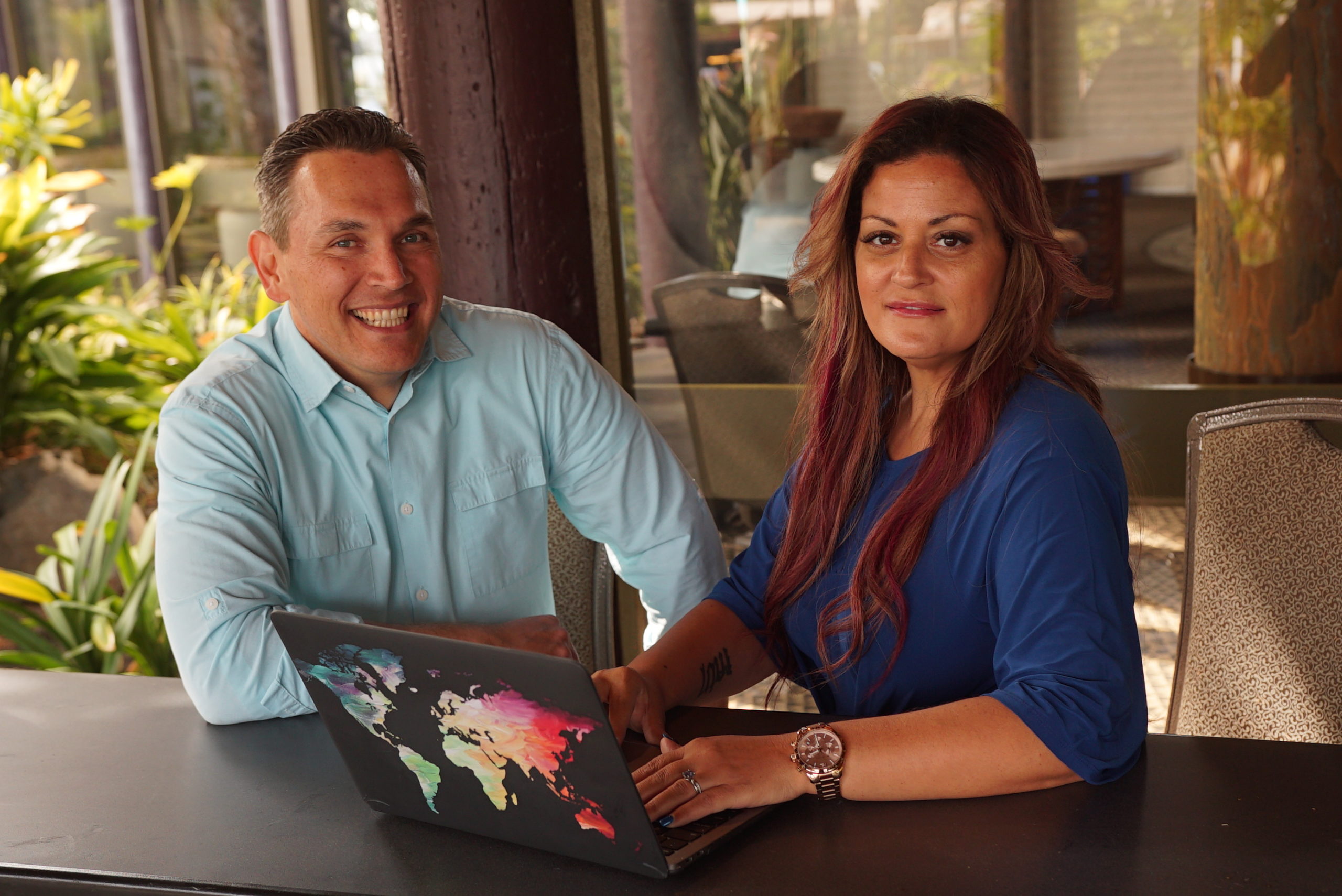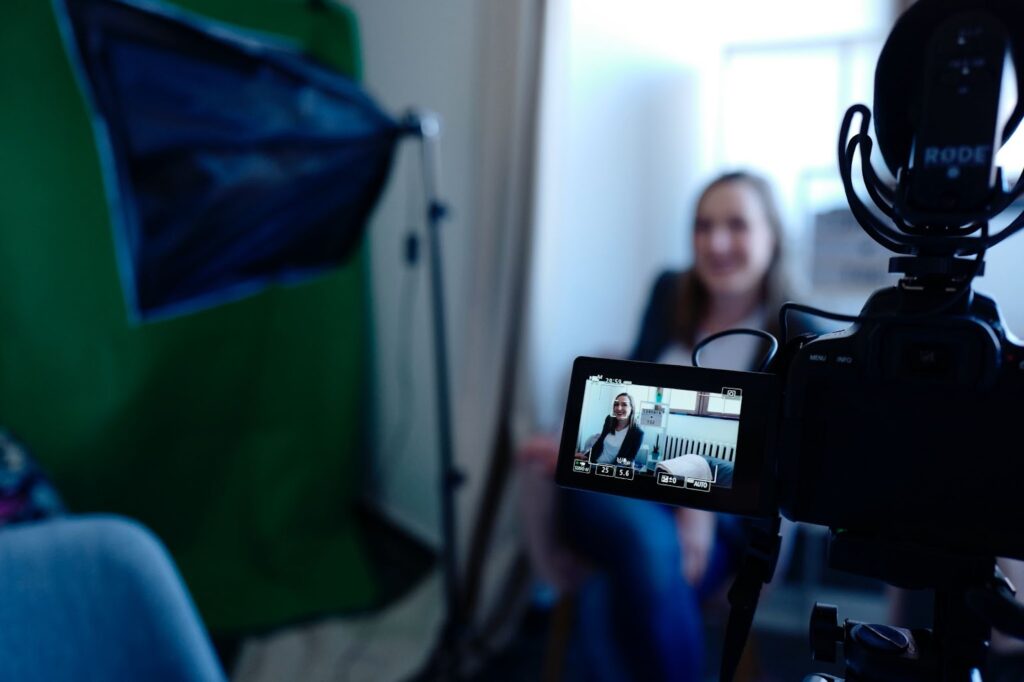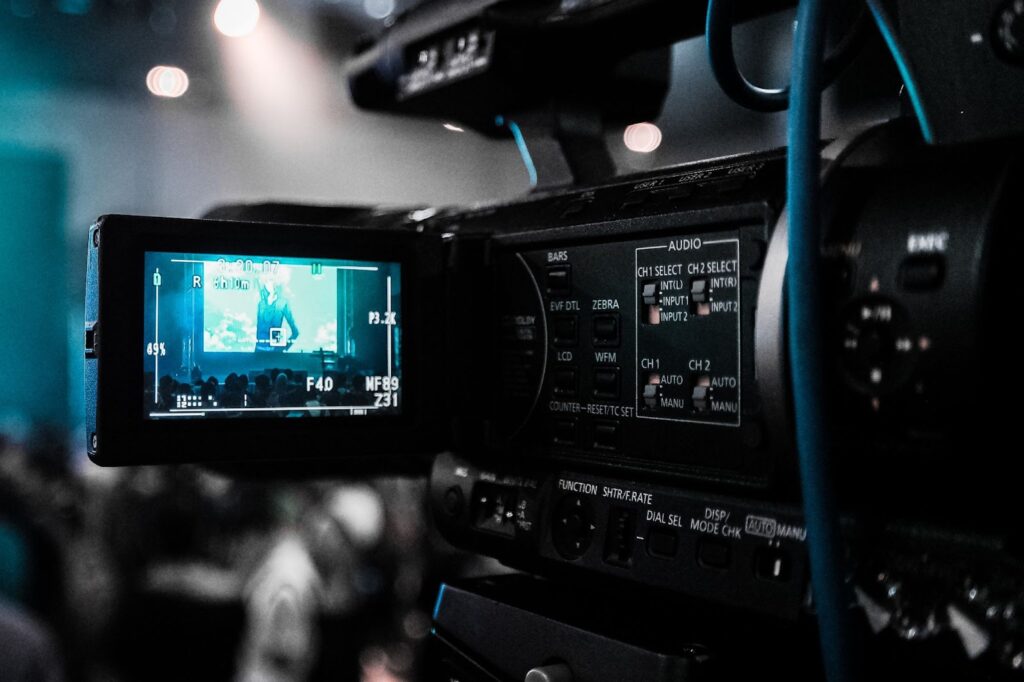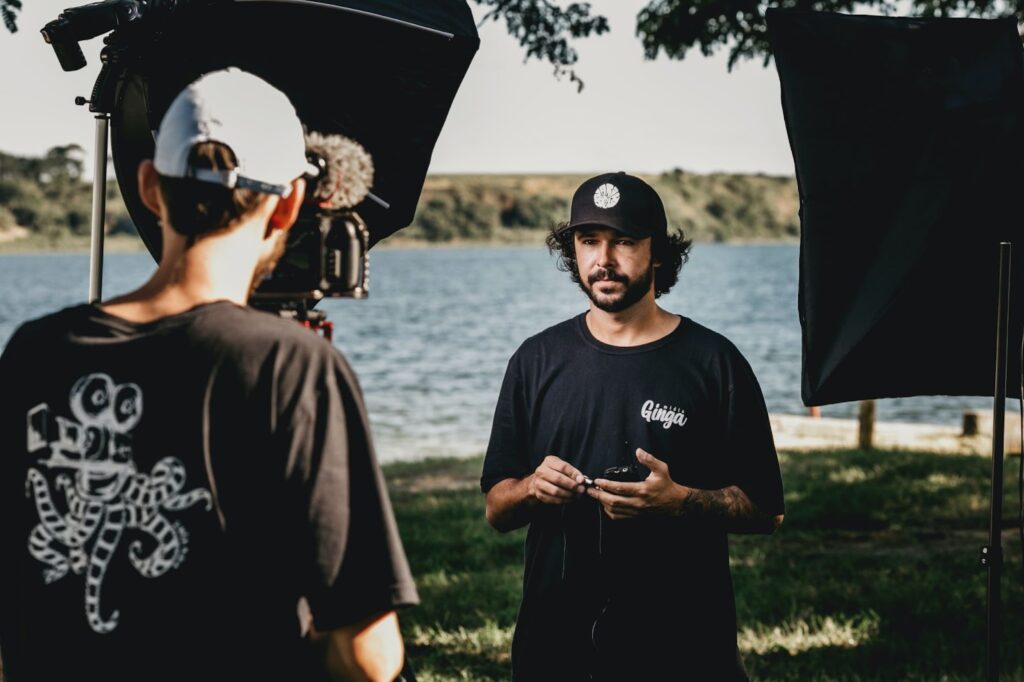How Long Should Your VSL be?

Introduction
Video sales letters (VSL) continue to dominate the direct response marketing scene in 2022.
More and more, customers want to see their favorite brands producing video content.
Why?
Because it’s the most intimate and personal form of communication–allowing you to create bonds with your audience in ways that simple text can’t.
Consider the following statistics:
- In 2022, 87% of marketers report that video gives them a positive ROI—more than double the number of marketers who said the same just 5 years ago in 2017.
- 75% of marketers overall said the COVID-19 pandemic made it more likely they would create video.
- In 2021, ad spend for all video was $81.9 billion–a record year and 12% higher than the ad spend in 2020.
All of this is to say that video marketing is making big waves and it’s here to stay. Failing to take advantage of these opportunities is a huge mistake.
Now, when it comes to video sales letters, you’ll get tons of different advice from business owners and direct response marketers.
Everyone has a different answer about how long they should be, what features they must have, and how to share them with your audience.
It can all be very confusing, even for the most seasoned direct response marketers.
In this post, we’re going to focus on the length of your VSL. We’ll discuss the pros and cons of both shorter VSLs and longer ones to help you figure out how long your video should be.
We’ll also share the 7 elements every great VSL contains–no matter how long or short it is.
Let’s dive in.

Short VSLs: Pros & Cons
Recently, the direct response world has witnessed the rise of shorter VSLs.
There are even websites dedicated to “10-minute VSLs” because more marketers are taking the shorter approach.
Now, shorter VSLs are certainly well-suited for smaller promotions like upsells. Because you’ve made the initial sale, there’s no reason for your upsell to be too long.
Keep it short, sweet, and benefit-driven for your already qualified buyers.
But what about the VSLs for those initial promotions? Can they be short too?
After all, the industry standard for the last 10+ years has been much longer VSLs.
So why are these 10-minute VSLs making a resurgence?
Well, turns out there’s one main reason.
By now, you’ve probably heard the alarming stat that the average human attention span is 6-8 seconds (shorter than a goldfish’s!) For context, it was nearly triple that just 10 years ago.
But in the world of endless social media scrolling, our minds are always chasing that next hit of dopamine.
It’s sad that we’ve become scrolling zombies, but that’s the reality of the situation. We can pretend it doesn’t exist, or we can deal with it like adults.
The attention span problem means that fewer people will actually sit through longer VSLs. Many will simply get too bored or frustrated.
And that’s exactly why many direct response marketers are turning to 5-10 minute VSLs.
They hope to keep their buyers’ attention before they get distracted by the hundreds of “pings” and flashing lights on their devices.
BUT that doesn’t mean shorter VSLs are the answer to all your problems–there are a few cons too. These cons help shed light on the benefit of longer VSLs. Let’s discuss those now in the next section.
Longer VSLs: Pros & Cons
In 2011, one of Agora’s most famous companies released a wildly popular VSL called: “The End of America.”
It was incredibly successful and arguably Agora’s most famous promotion yet.
But get this, it was also a whopping 77 minutes!
While you might not create a VSL that long, it’s clear that many business owners are still opting for videos on the longer side.
And there are many reasons that you might still consider longer VSLs too.
The main one is that longer videos allow you to address all possible pain points for your prospects thoroughly.
AND you can completely introduce your product/service to draw out the most possible excitement.
The result? Customers who watch to the end of longer VSLs are the most highly-qualified buyers you can possibly have.
If someone is going to spend 20+ minutes of their day watching your VSL, then they’re very interested in what you’re promoting.
And this is important because a ton of businesses have way too many low-quality buyers. Prospects who will always be on the fence and show no long-term loyalty.
But with longer VSLs you qualify ALL your buyers. And you can immediately weed out the lower-quality leads.
Now of course, there is an obvious downside to long VSLs.
Because our attention spans are so short, there’s a ton of pressure on each line of your video to be super powerful.
Especially as videos get longer, prospects look for any reason to close out and carry on with their day. They don’t want to watch your video all the way through.
So if even one line violates their beliefs or fails to hold their attention, they’re out.
You can see that the pros and cons of short and long VSLs are closely related.
Now that you understand the benefits of both, let’s discuss how you can decide what length is right for you.

How Long Should Your VSL Be?
By now, you might have guessed that there are no hard and fast rules to answer this question.
For example, a 26-minute VSL might knock it out of the park for one business but be a total flop for another. There’s not one right answer.
BUT, there is a key principle we use when deciding how long our VSLs should be: “enough to make the sale and no more.”
At the end of the day, conversions are the only metric that matters. And even though shorter VSLs are proven to work, you never want to focus on brevity at the expense of conversions.
The truth is that it takes time to determine exactly how long your VSL should be. It requires experimentation, endless research, and failure to find the right combination of length and content.
A critical part of this process is split testing.
We believe that business owners, copywriters, and direct response marketers should ALWAYS split test everything.
And it’s especially important to split test your VSL length based on key metrics.
Stats like where your viewers stopped watching and where the most clicks took place give you a gold mine of information.
They tell you which parts of your VSL are most appealing to your viewers AND how much they’re willing to listen to.
From there, you can continue to experiment until you find the right balance of length and content.
In the next and final section of this post, we’ll discuss the 7 key elements your VSL MUST have–no matter how long or short it is.

7 Key Elements of a Successful VSL
1: Attention-Grabbing Hook
The headline and lead are ALWAYS the most important part of your VSL. You must have a hook that captures your viewer’s attention right away or the sale is lost before it even starts. To create attention-grabbing hooks, keep in mind that our brains crave two things: relevance and novelty. So you should start the VSL by immediately addressing your prospect’s pain points (relevance) and you want to do it in a way that’s new and surprising (novelty).
2: Agitate the Problem
The ONLY reason that people watch your VSL is because they have a problem they need to solve. To convince them you have the solution they’re looking for, you must first show that you truly understand their problem. And I’m not just talking about surface-level problems like “I want to feel happier.” That won’t get it done. Instead, agitate their problems.
For example, if you’re selling a biz opp course, your prospect’s initial pain point might be that they can’t stand working for a boss they hate. And commuting 1.5 hours to their cubicle is slowly crushing their soul. But to really agitate the problem, you want to dimensionalize it, show them the consequences of the problem.
Because odds are that their long commute is preventing them from spending time with their family and that’s causing them a ton of guilt. See the difference? The deeper you dive into the problems your prospect faces, the more they believe you have the answer.
3: Your Unique Mechanism & Solution
The next section is where you introduce your unique solution, and it MUST be unique. Because your prospects have already watched other VSLs pitching all types of solutions that weren’t helpful to them. Remember, our brains crave NOVELTY.
This is why you must make it clear that your solution is uniquely suited to conquer the problems they face. Maybe they had 99% of the solution before, but the critical 1% they were missing can be found in your product/service.
4: Credibility
There’s no shortage of people on the Internet making huge promises they can’t deliver on. Because of that, prospects are more hesitant to trust businesses than ever before.
That’s why you need trust icons to address this barrier head-on. Show them WHY you’re an authority. Maybe you have 20+ years of experience or a few industry-leading awards. You might even be a trusted adviser on a big project. Whatever your expertise is, make sure you share it with your audience. And don’t you dare be shy because lack of trust is the #1 thing that kills sales.
5: Social Proof
Directly related to credibility is social proof. As humans, we do what we see others do. This is why testimonials are often the most important marketing tool. Your prospects might be hesitant to trust the words you say, but they can’t deny the results you get your clients/customers.
To make your reviews stand out, make sure your customers indicate where they were before your product/service (with all the frustrations and failures they faced) and how amazing their transformation was after. The bigger the gap you can create here, the more impactful the testimonial.
6: The Big Reveal
Finally! You showed your prospects that you understand their pain points and teased the unique solution you have to solve their problems. Now that you earned their trust, you can reveal your product/service and the offer.
By this point, your prospects should be excited to hear your offer since they’re still watching the video. This is the make-or-break moment, so make sure your offer is a no-brainer for your prospects. As a rule of thumb, you want your offer to provide at least 10 times more value than the price you’re asking them to pay. That’s how you keep your prospects engaged, happy, and excited for their future with you.
7: Satisfaction Guarantee & Urgent CTA
To close out your VSL, you always want to include some form of satisfaction guarantee. It doesn’t matter how excited your prospect is about your offer. Odds are there’s a little voice in the back of their heads telling them they’re not ready to commit. They wonder whether it’s really worth it.
To silence that voice, make sure you have a guarantee in place–whether it’s guaranteed results, a 60-day grace period, or anything else. Just make sure it’s there so your prospect is reassured.
The very last step is to close out with a CTA that gives them a reason to buy NOW. Maybe there’s a price increase in a week or it’s only open to the first 100 participants. Humans are born procrastinators and we look for any reason to push off today what can be done tomorrow. Don’t let the last line of your VSL be the thing that keeps your prospect from working with you. There’s nothing worse than holding your viewers’ attention all the way through only to have them run away at the last second. Finish strong!
Conclusion
There you have it, the 7 secrets to a winning VSL. And all the important considerations for the length of your sales letter.
Remember, there are no hard and fast rules here. But finding the winning formula requires patience, experimentation, and split testing. It might be frustrating to take all this time to get it right.
But with video marketing booming like it is in 2022, it’s absolutely worth it in the end.
